Since being asked to pilot my school's first iPad 1:1 classroom, I've been working through a paperless project-based learning unit with my eighth graders. It had been going on since the first day of
Get Started for FREE
Sign up with Facebook Sign up with X
I don't have a Facebook or a X account
 Your new post is loading... Your new post is loading...
 Your new post is loading... Your new post is loading...

Mary Reilley Clark's curator insight,
October 27, 2013 3:31 PM
Reading through the findings from middle school ELA teachers, I see two key issues. The first is not whether teachers are using complex texts, but whether they're using the exemplar texts from the CCSS. Does it matter? Do you trust teachers to choose rigorous and challenging texts that may be more current (or interesting?)
Second, are other departments using informational text in a way that helps students develop close reading and critical thinking skills? If students are studying The U.S. Constitution, but doing nothing more than rote memorization of The Bill of Rights, we can't claim students are doing close reading in social studies. I still believe collaboration is the key to successfully teaching close reading and critical thinking.

Mary Reilley Clark's curator insight,
November 20, 2013 5:13 PM
A great example of how close reading can improve writing--when modelled.

Mary Reilley Clark's curator insight,
November 3, 2013 7:31 PM
I am not a classroom teacher, but fortunately heard Douglas Fisher speak at a library workshop. His work with Nancy Frey has given me insight into reading instruction and has made me better able to assist students and teachers. This article is one that should be shared at all professional development about informational text!

Dr. Dea Conrad-Curry's curator insight,
January 6, 2014 6:56 PM
I am a longtime fan of Kylene Beers and Bob Probst. This blog gives a quick rundown of the basic tenets of their highly popular book, Notice and Note and shares an instructional activity. You'll want to go out and buy the book! 
Dr. Angela C Gordon's curator insight,
January 24, 2014 2:40 PM
Close reading using Six Signposts! Great strategy!! 
Linda Burke Dooling's curator insight,
January 26, 2014 4:27 PM
Students need to develop the skills to notice/note what is important -- in literature and in non-fiction -- by themselves. This is a tool that can help learn how to do this and also to practice doing it.

Mark Gillingham's curator insight,
October 10, 2013 4:50 PM
A wonderful cross-text activity for readers. |

Dr. Angela C Gordon's curator insight,
January 24, 2014 2:35 PM
Infusing technology into Lit Circles!

Mary Reilley Clark's curator insight,
December 11, 2013 4:12 PM
Hands on insights and examples for helping students analyze and create visuals. Such an important part of criticial thinking!

Patrice Bucci's curator insight,
January 14, 2014 11:06 AM
"infographic literacy rubric".....hmmmm.....

Mary Reilley Clark's curator insight,
December 16, 2013 1:08 PM
This makes me think of all those 1st and 2nd grade boys who wanted to check out stacks of nonfiction, only to be told they had to start reading chapter books. Sweet redemption for them, if they haven't already lost all enthusiasm for reading. Key takeaway--read, then read more!

Mary Reilley Clark's curator insight,
January 8, 2014 1:42 PM
This video would be great for professional development. It's short enough to share during an hour long PD session, leaving time to discuss and create ideas for implementing in the classroom. 
Dr. Dea Conrad-Curry's curator insight,
January 9, 2014 9:55 AM
So many good videos on this website. This lesson reminded me of one I typcially taught as my students moved into analytic literary research. Like Wessling, I would work with students to generate a list of all the aspects within a piece of literature that one could analyze throughout the text. And the, I would ask them to choose two or three and explore not only how they found the aspects interacting, but what literary critics before them said about the text's development in those areas. 
Nalya Ovshieva's curator insight,
October 25, 2014 4:48 PM
A great way of thinking - looking for concrete and conceptual patterns, and then draw conclusions..

Beth Panitz, Ed.D.'s curator insight,
November 23, 2013 11:22 PM
Essential Questions are an important concept for teachers to learn as they guide students in close reading of text.

Mary Reilley Clark's curator insight,
September 29, 2013 10:50 PM
I love and fervently hope number 6 becomes more common! |






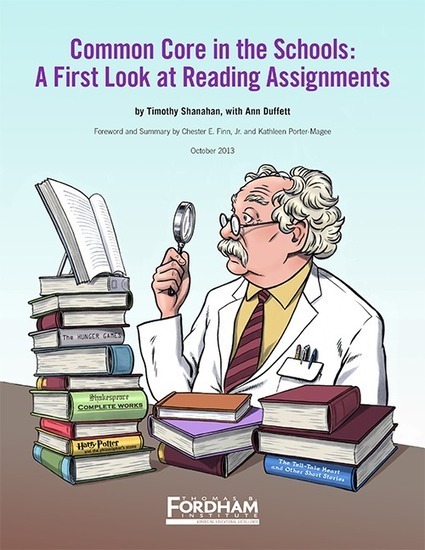


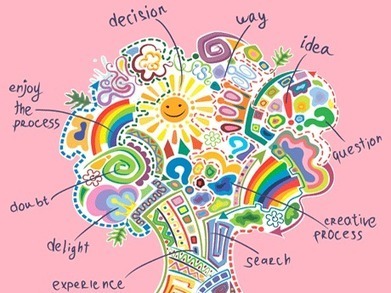

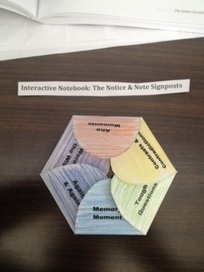
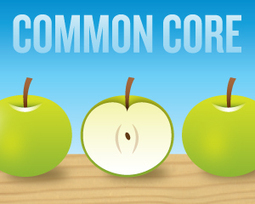

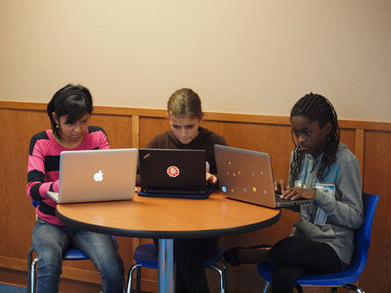
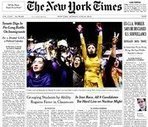







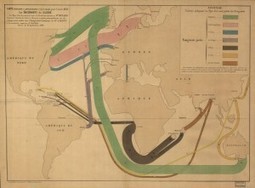
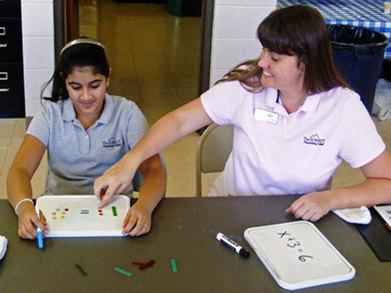
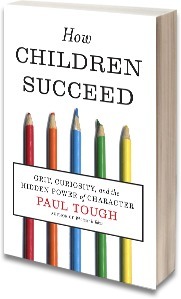

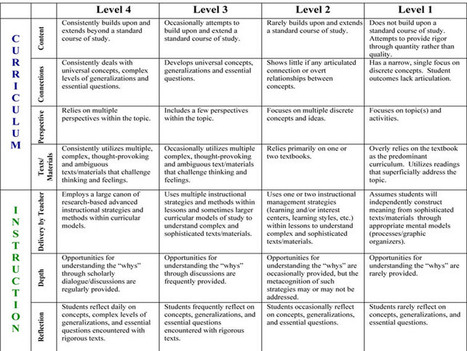





Great lesson here that demonstrates the shift in instruction--I did a similar project as a freshman in college!